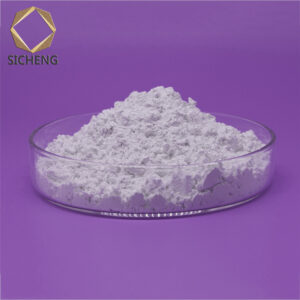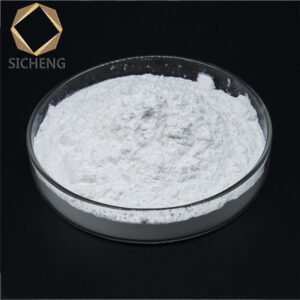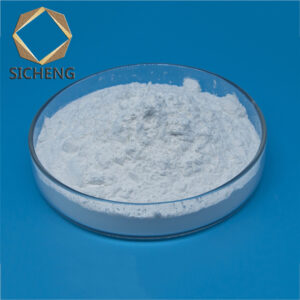White fused alumina (WFA) is a high-purity synthetic abrasive material produced by fusing alumina (Al₂O₃) in an electric arc furnace. It is widely used in abrasives, refractories, ceramics, and precision casting due to its hardness, thermal stability, and chemical inertness. Here’s an overview of the production process:
1. Raw Materials
The primary raw material for WFA is calcined alumina (Al₂O₃ ≥ 99.5%), derived from the Bayer process. Minor additives like boron oxide (B₂O₃) may be used to reduce crystallization and improve purity.
2. Smelting Process
The production occurs in an electric arc furnace (EAF) with a carbon-lined hearth:
Charging: Calcined alumina is fed into the furnace.
Melting: A high-current electric arc (2000–3000°C) melts the alumina.
Reduction of Impurities: Any residual silica (SiO₂), iron oxide (Fe₂O₃), or titania (TiO₂) is reduced and removed as slag.
Boron Oxide Addition (Optional): Helps reduce α-Al₂O�3 crystal size, enhancing toughness.
3. Cooling & Crystallization
After smelting, the molten alumina is poured into molds or cooled slowly in the furnace.
Controlled cooling ensures the formation of large, single crystals of α-Al₂O₃ (corundum structure).
4. Crushing & Processing
The solidified alumina block is crushed, milled, and sieved into different grain sizes.
Magnetic separation removes residual iron contamination.
Further processing (washing, acid treatment) may be applied for high-purity grades.
5. Quality Control
Chemical Analysis: Ensures Al₂O₃ content ≥ 99.5% (lower impurities like SiO₂, Fe₂O₃, Na₂O).
Physical Testing: Checks hardness (Mohs 9), grain shape, and particle size distribution.
Key Features of WFA
High purity (≥ 99.5% Al₂O₃)
High hardness & toughness
Excellent thermal & chemical resistance
Sharp, angular grain shape (ideal for grinding & cutting)
Applications
Abrasives: Coated & bonded grinding wheels, sandpaper
Refractories: High-temperature linings for furnaces
Ceramics & Polishing: Precision components, lapping compounds
Anti-slip Surfaces & Coatings



